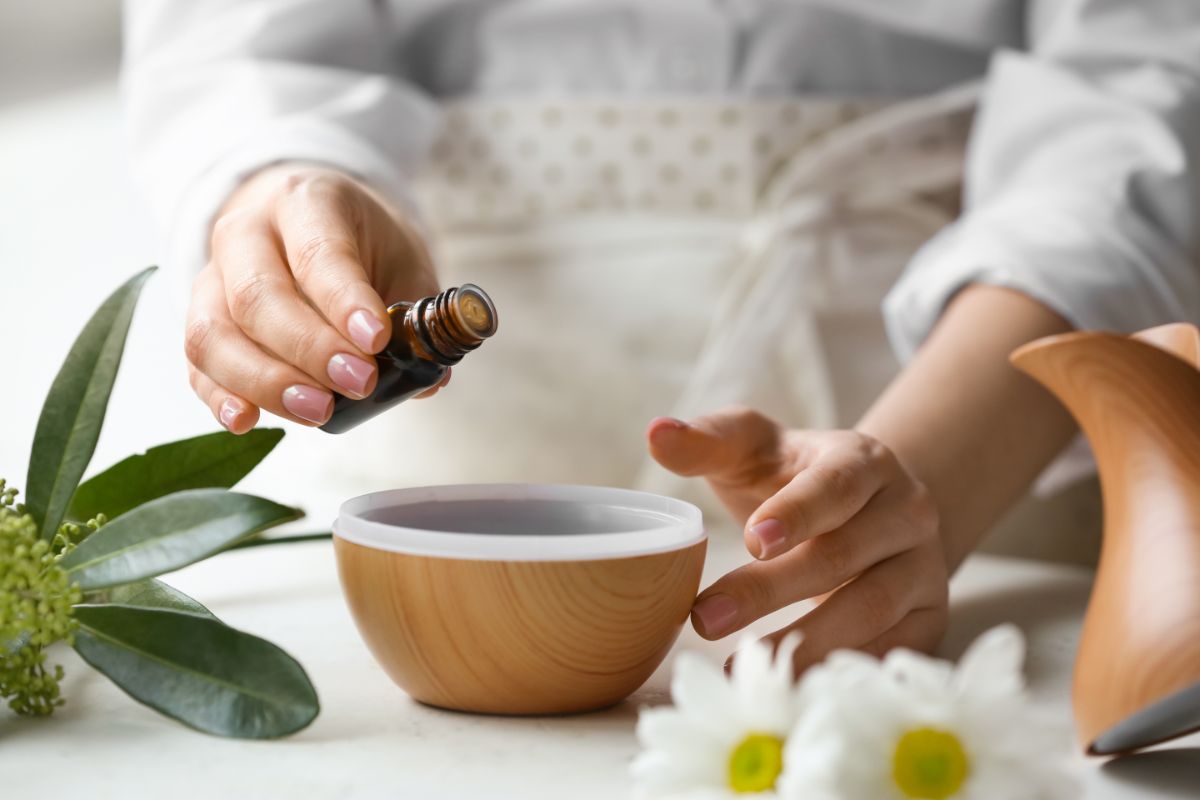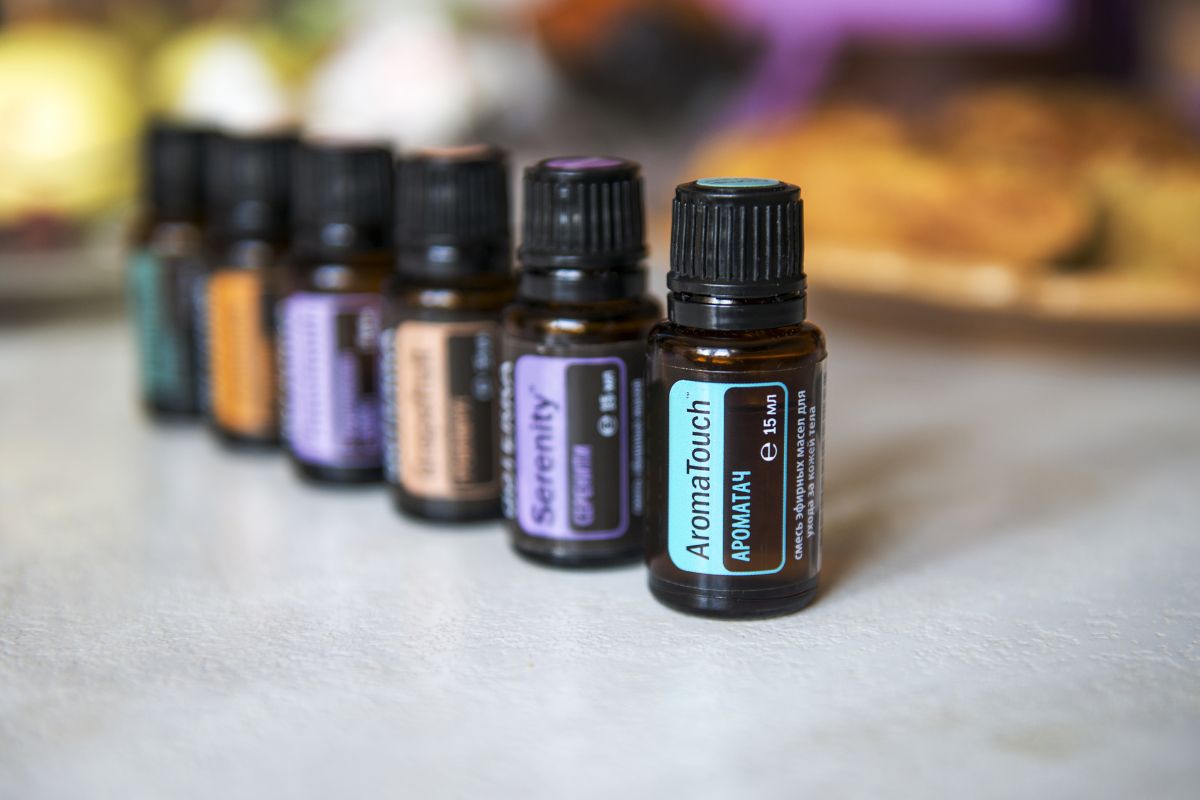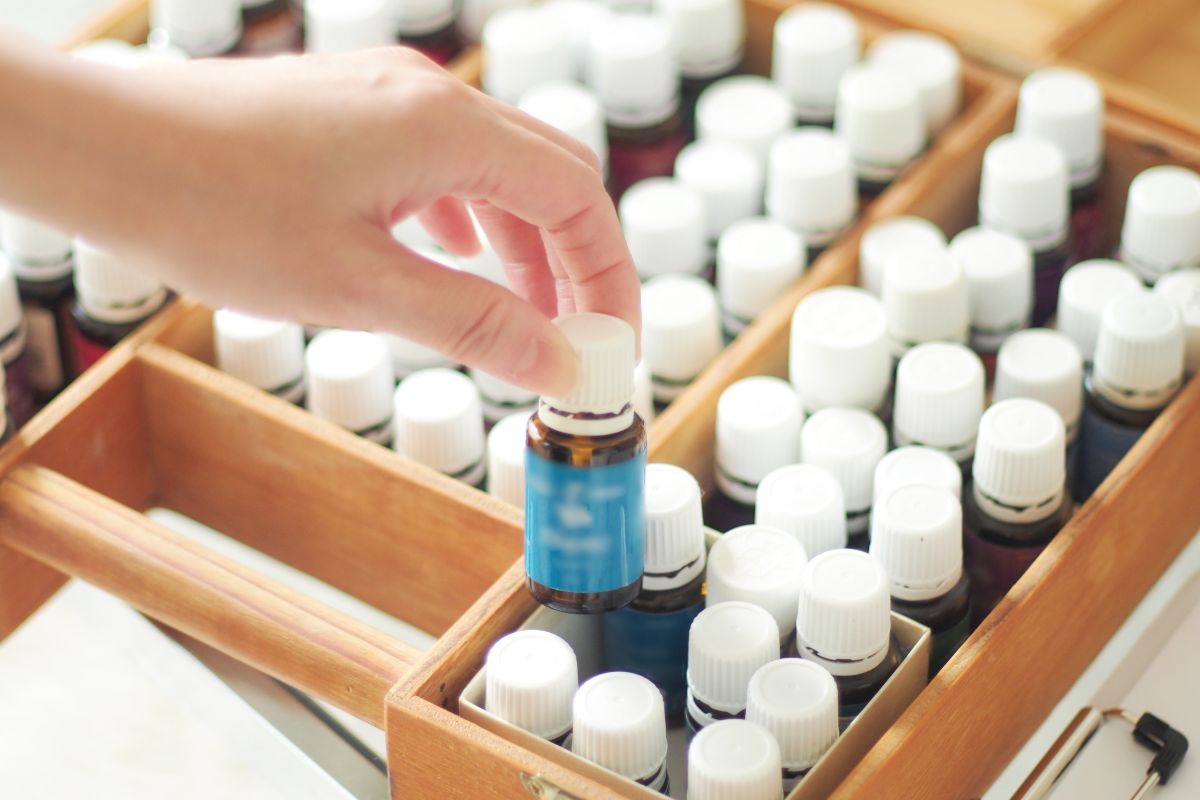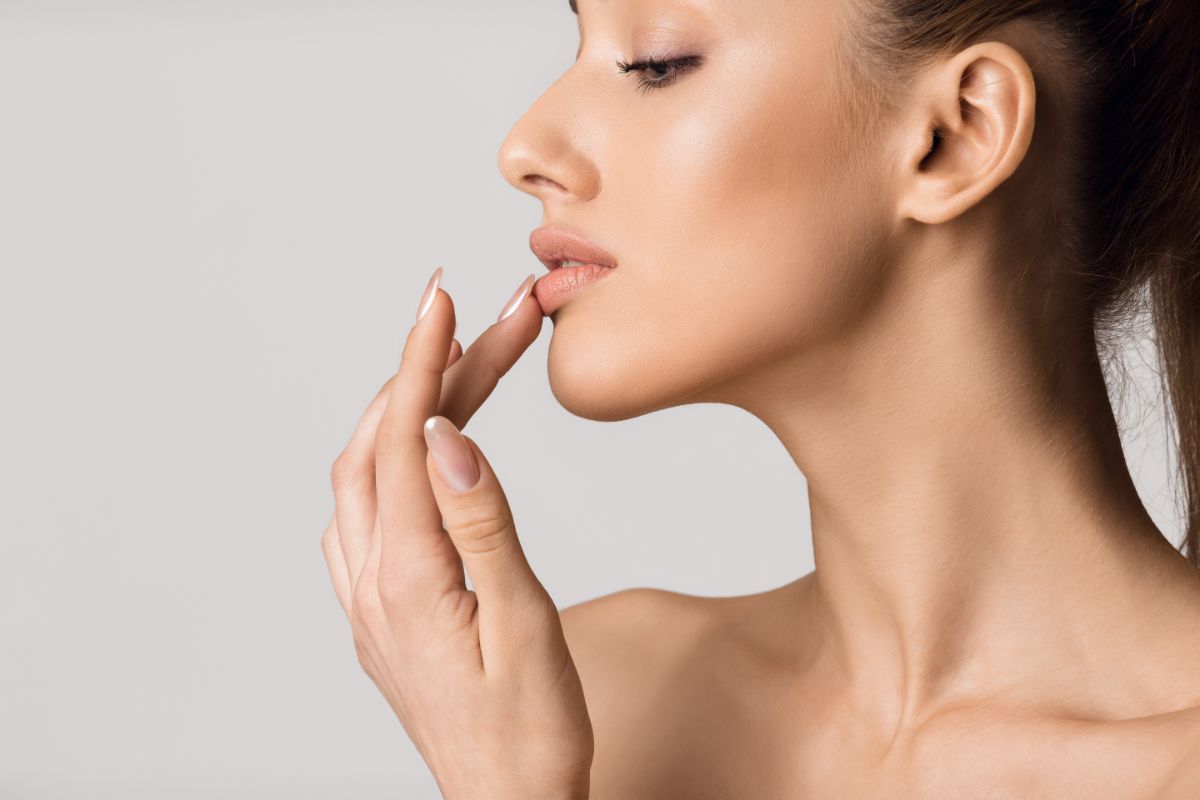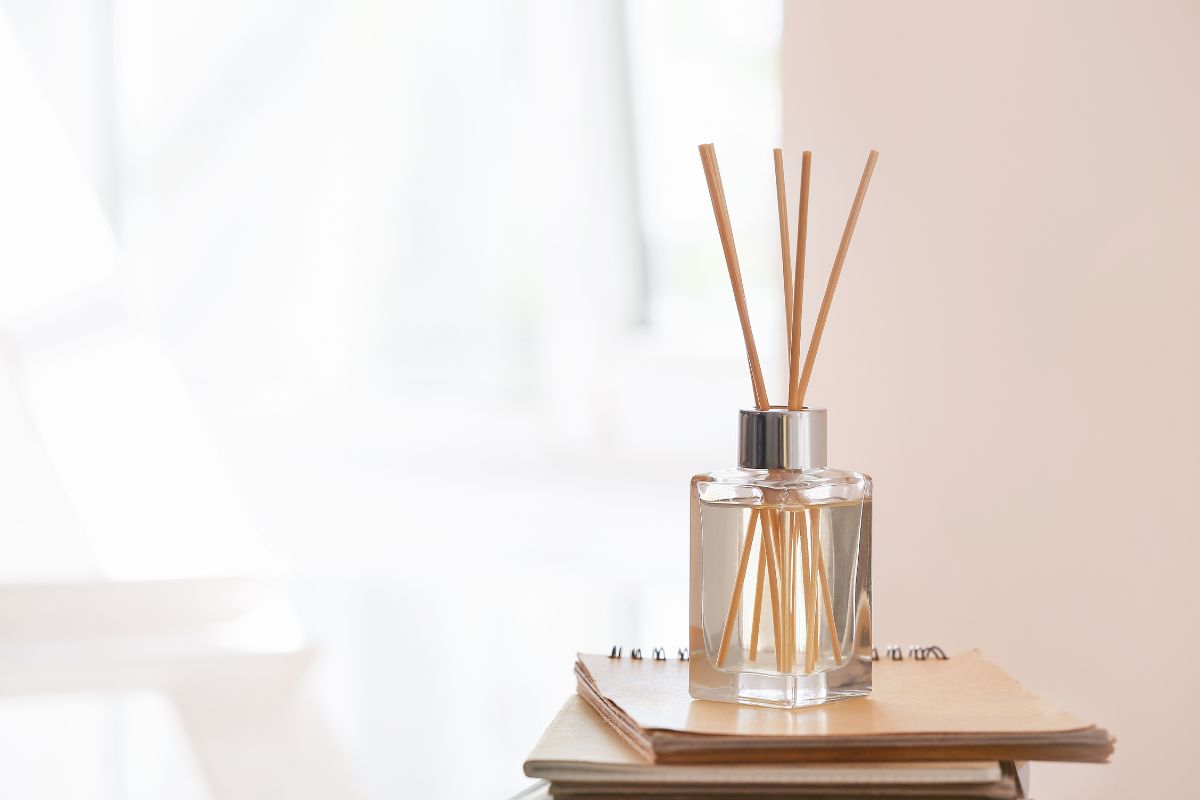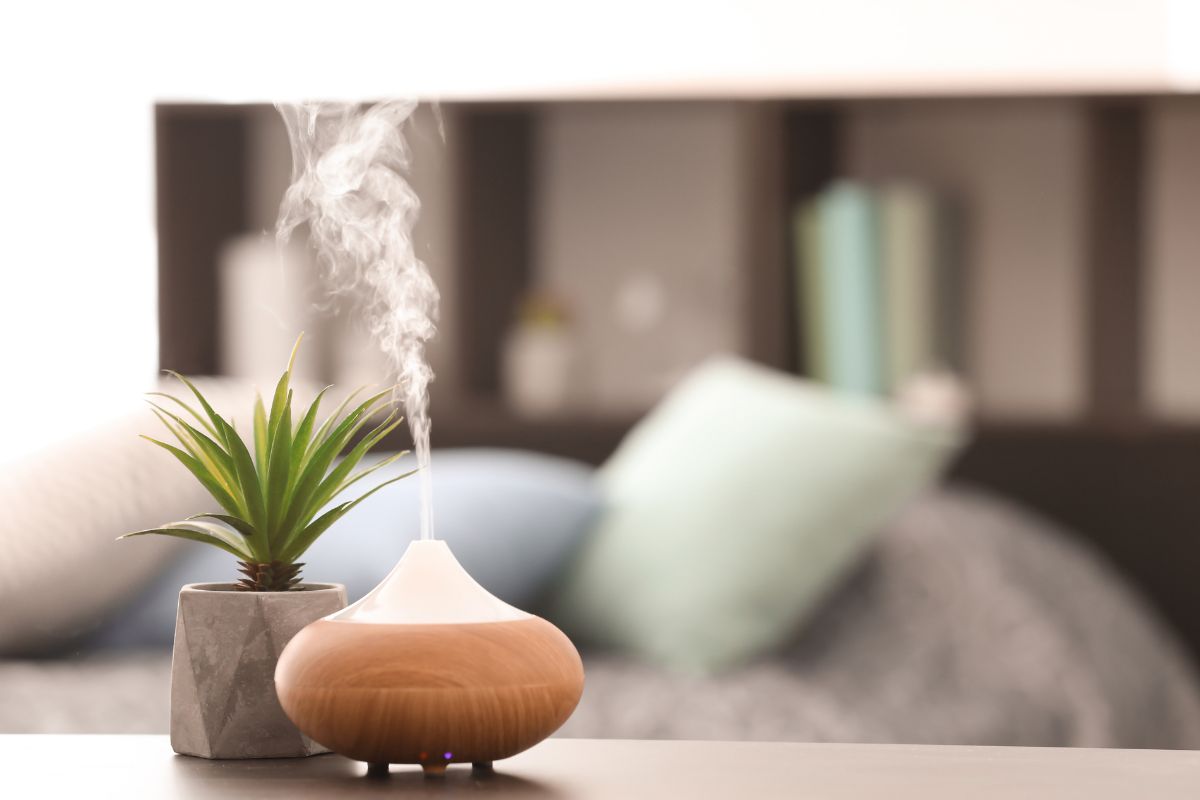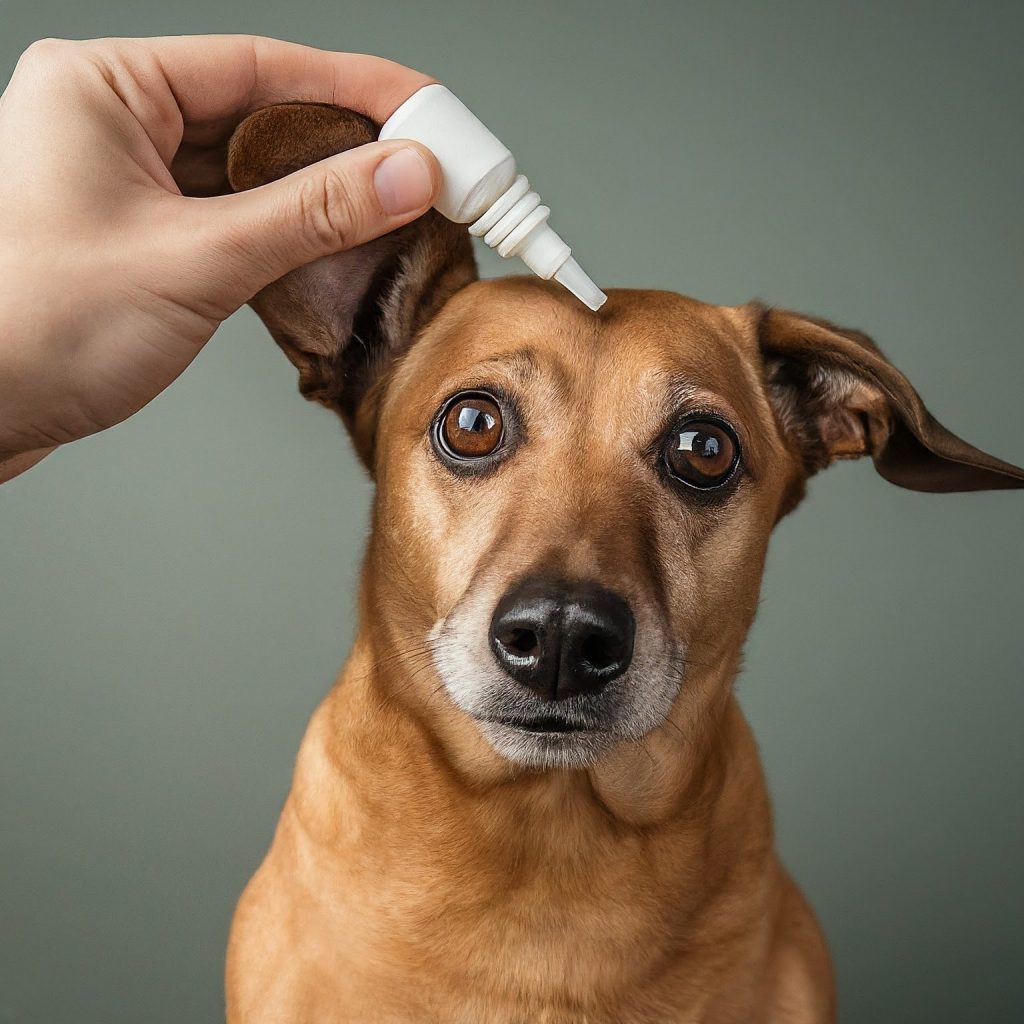Essential oils come from nature, and their use is gaining popularity. Unfortunately, because they are a highly concentrated kind of plant matter, if handled improperly, they can irritate your skin and poison your body.
In this article, we’ll explain what sensitization to essential oils means, what you can do to reduce the risk of sensitization, and what to do if you become sensitized.

What Is Sensitization?
Sensitization, or allergic contact dermatitis (ACD), is a condition that is fundamentally an allergic immunological response. The typical skin reaction is a rash, blotchy redness, and occasionally minor blistering.
The fact that the reaction may or may not manifest in the area of application is a significant indication of sensitization.
For instance, if you apply an oil or blend on your arm, the reaction may appear elsewhere, such as on your chest or neck.
Identifying the oil to which you are responding can occasionally take some time. Although some people will be susceptible to a possible allergen and some people won’t, sensitization is thought to be unpredictable.
You should pay attention to every oil because sensitization is highly individual, but some oils are known to aggravate skin sensitivity more than others.
Exotic oils that most people won’t use regularly, such as cinnamon bark, fig leaf absolute, oakmoss absolute, and saffron oils, are high-risk sensitizers.
While geranium, tea tree, Benzoin, citronella, spearmint, lemon thyme, palmarosa, and lemon basil are low-risk oils, others with a medium risk of causing sensitization include may chang, clove bud, clove leaf, cinnamon leaf, lemon verbena, jasmine, styrax, and lemongrass.
What You Can Do To Prevent Sensitization
1. Do Your Research
Read the essential oil supplier’s safety instructions and reliable sources’ descriptions of the oil, at the very least.
Working with reliable vendors and finding reliable information is essential because there is so much false information that you can’t always rely on.
2. Patch Test
A patch test enables you to test an oil out on a small area of skin before using it more extensively. To do this, follow these steps:
- Use a gentle, unscented soap to wash your forearm, then pat the area dry.
- Apply a few drops of diluted essential oil to the forearm area of the skin.
- Cover the patch with a bandage, and keep it dry for 24 hours.
Throughout the next 24 hours, if you have any rash, irritation, or pain, take off the bandage and thoroughly wash your skin with mild soap and water. If an adverse reaction occurs during the patch test, avoid using the essential oil.
You can probably use the diluted essential oil without risk if no irritation appears within the following 24 hours.
But remember that a successful patch test doesn’t guarantee that you won’t become allergic to the substance or have an adverse reaction if you use it again.
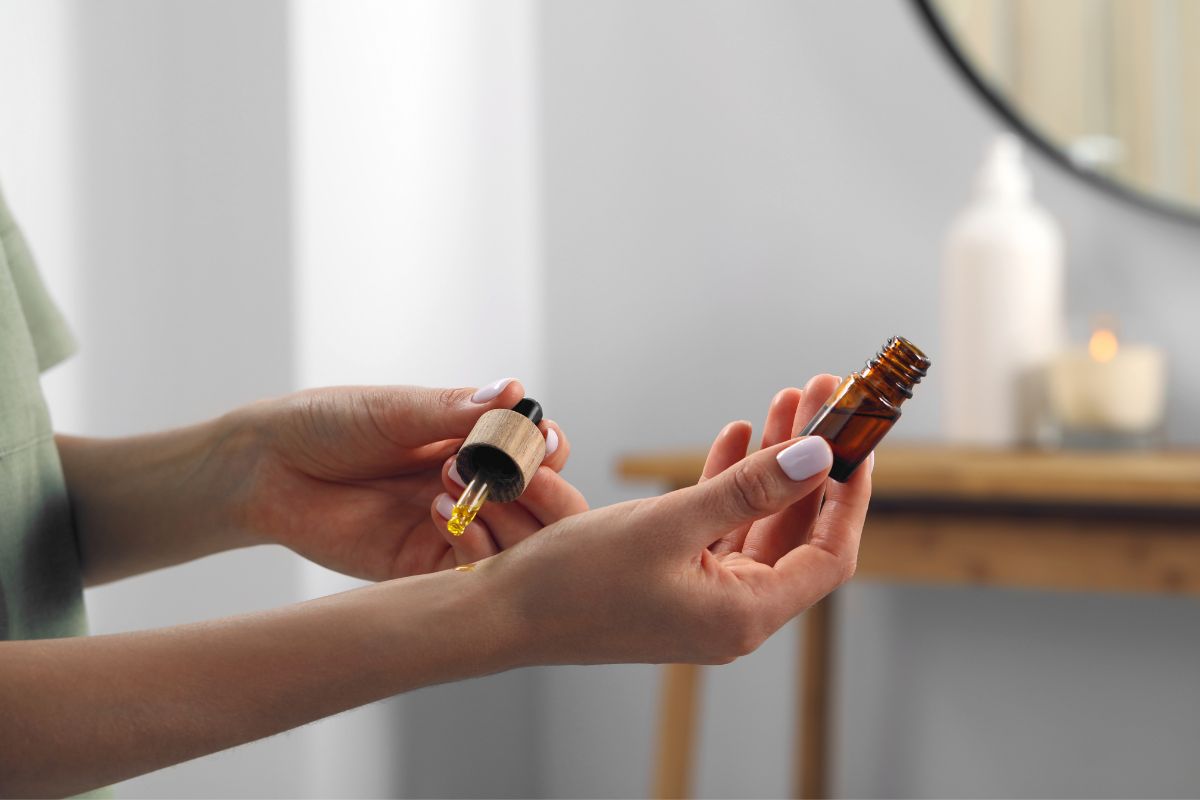
3. Don’t Use One Oil Long Term
When used repeatedly, even low-risk sensitizers can result in sensitization.
It’s a good idea to take a break from using a particular essential oil after a while, and it’s even a good idea to occasionally stop using essential oils altogether to give your senses a rest from them.
4. Always Dilute Your Oils
Never apply undiluted essential oils to your skin straight from the bottle. Always blend in a low dilution of between 1% and 3% with a carrier oil first.
You may have seen people using oils that are normally marketed by multi-level marketing businesses straight from the bottle on social media, adding them to water or cooking with them.
No licensed aromatherapist will ever advise engaging in this risky practice.
5. Make Sure Your Oils Are Fresh
Due to aging and storage circumstances, essential oils’ chemical makeup might alter over time. They might oxidize, which raises the risk that they’ll trigger an allergic reaction or some other issue.
It’s recommended to throw away oil and purchase a new bottle if you discover that it has changed in color, scent, or texture.
All essential oils deteriorate over time (see also “How To Make Your Own DIY Essential Oil Spray“), but keeping them out of direct sunlight and in a cool environment will slow down the process. Be sure to properly cap them to avoid oxidation.
What To Do If You Become Sensitized
Repeated undiluted or improperly diluted application of essential oils to the skin can cause sensitization.
This often manifests after long-term, unsafe topical treatment, although it can also occur abruptly or even on the first application.
You must stop using the essential oil in question, as well as other essential oils with the same main ingredients if you have developed a sensitivity to it.
Moreover, you should refrain from inhaling the essential oil, as even just smelling the aroma of an essential oil that you are allergic to can cause a reaction.
Although you may be able to reintroduce the adequately diluted essential oil after a decade or two, sensitization is typically a permanent condition.
If you’re suffering from an allergic reaction to an essential oil, there are a few home remedies you can try to ease the sensitization.
Firstly, if you have applied the oil to your skin, thoroughly wash the irritated area with mild soap and cool water.
You can also apply a cool, wet compress to your skin to help soothe the area. If the area is itchy, try applying some hydrocortisone cream to the area.
Final Thoughts
Essential oils are incredibly beneficial, however, in some cases, they can cause sensitization.
Thankfully, there are a few things you can do to prevent this so you can carry on using your favorite essential oils in moderation.
With this guide, you’ll be able to protect yourself from the adverse effects of essential oil sensitization and manage any allergic reactions you might have.
- The Ultimate Guide to Aromatherapy Oil Uses: Transforming Your Daily Routine with Natural Scents - May 13, 2024
- The Benefits of Lemongrass Essential Oil for Dogs: A Natural Solution for Fido’s Wellness - May 13, 2024
- The Ultimate Guide to Choosing the Best Essential Oil Diffuser for Aromatherapy - May 8, 2024


